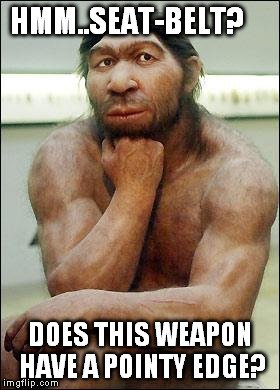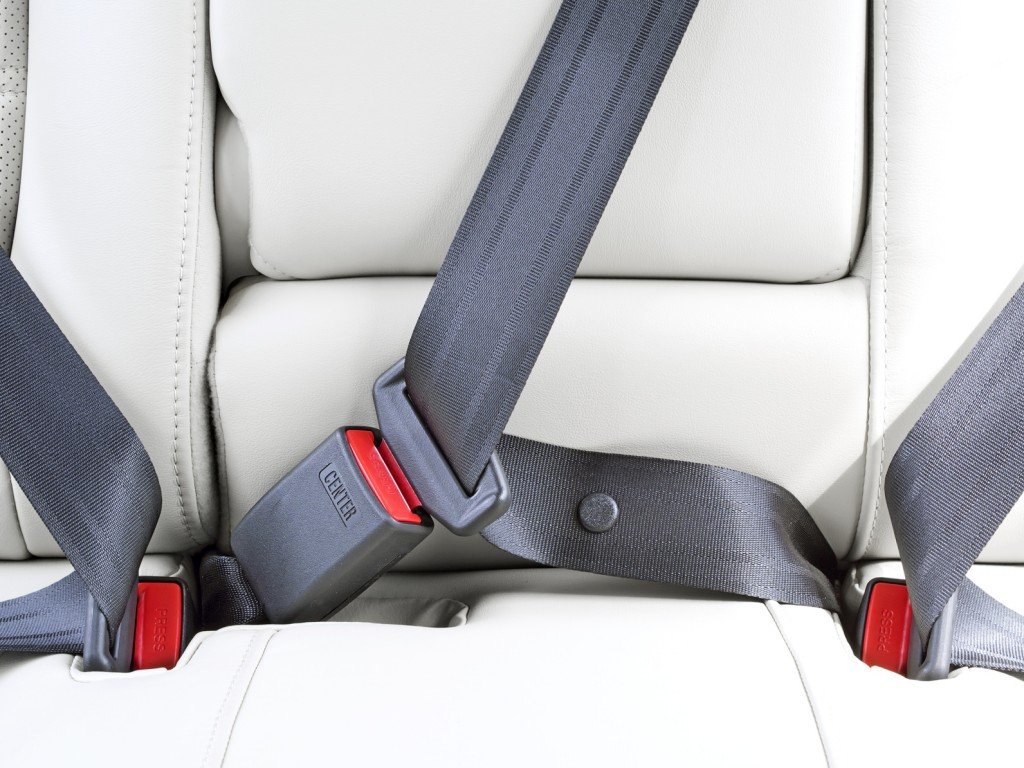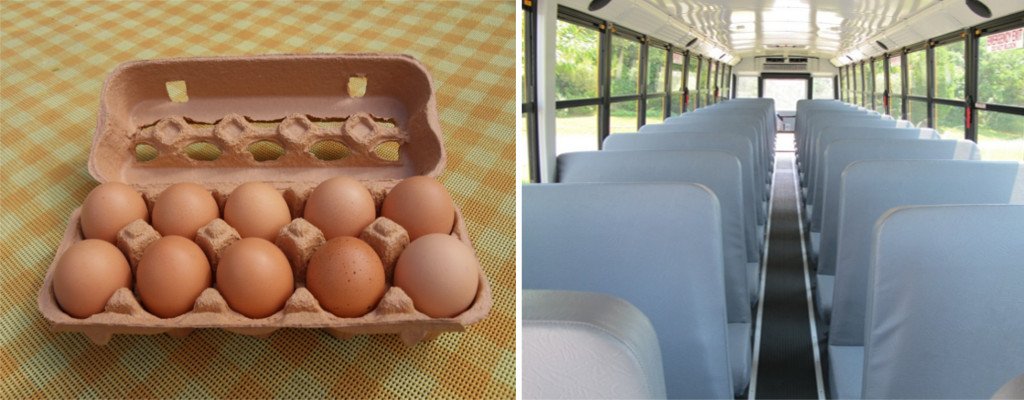Table of Contents (click to expand)
Buses are typically larger and heavier than other automobiles, which makes them less likely to sustain damage in a collision. In addition, seats in a bus are typically installed equidistant from each other, which creates “compartments” that help to absorb the impact of a collision or sudden stop. Finally, the cost of adding seatbelts to a bus is prohibitively expensive.
As time passes, we invent and innovate new ways to make our everyday activities easier and more convenient. When our ancient ancestors first stumbled on the discovery of the wheel, I’m sure they wouldn’t have even thought about the tremendously powerful cars that we drive in today, but we can hardly imagine life without them!
However, it’s not just speed that has enjoyed its time in the spotlight; passenger safety has also occupied innovators’ minds for decades. When sitting in a metal container that runs at speeds of 80 miles per hour, you have to put some mechanisms in place that would protect occupants in the case of an untoward occurrence. That’s essentially how seat belts came into the picture. Going back to our ancestors again, what would they think about sitting in a metal container, strapped in to a strange rubbery seat?

The importance of seat belts is clear, but have you noticed an interesting phenomenon? They have seat belts in cars and similar vehicles, but they don’t have seat belts in buses. Why is that?
Seat Belts

A seat belt, also referred to as safety belt, is a kind of safety device installed in automobiles to ensure that the occupant of the seat remains secured against any harmful movements that may result from powerful jolts due to a collision, sudden stop, or accident. A seat belt keeps you positioned in a way to maximize the effectiveness of the airbag once it is deployed following an accident. Not only that, but seat belts also help you experience a more comfortable ride by making sure that you don’t sway or jerk while maneuvering through turns.
However, if seat belts are such an important staple of safety while sitting inside an automobile, then why don’t they put seat belts in buses? Since buses typically carry more passengers by design, doesn’t it become inherently more important to ensure their safety?
Also Read: Active And Passive Safety Features In Cars: What Are The Things That Make A Car Safe?
Safety In Buses

Since we’re talking about installing seat belts in buses, let’s first look at the measures of safety that buses already offer over other automobiles.
Buses carry a lot of passengers on board while frequently making their rounds through towns and cities; in fact, a lot of kids travel in school buses on a daily basis. Given the fact that a lot of innocent young kids travel in these vehicles, there must be something reassuring about the safety that buses provide.
Buses are designed to be safe, atleast safer than other vehicles. They are much heavier and larger than most automobiles on the roads alongside them. Also, these buses don’t usually go as fast as other vehicles, which are of the same size, but have less weight riding on their wheels. Since the mass of a body is directly proportional to its momentum, even if a bus collides with another vehicle on the road, it doesn’t typically sustain much damage.
Another factor that contributes to passengers’ safety in a bus is the fact that passengers sit quite high off the ground, i.e., they have a decent clearing from the ground, a highly important natural safety feature that most of smaller automobiles like cars, bikes and SUVs don’t offer. So, in case of a mishap, it is highly likely that the impact will be absorbed by the deck of the bus, and not the occupants.
Also Read: How Do Airbags Deploy So Fast In A Car Accident?
Why Don’t You Need Seat Belts In Buses?
According to transportation officials, the most important feature of the bus that nullifies the need to have seat belts installed is compartmentalization. Seats are installed equidistant with respect to each other, segregating passengers in small ‘compartments’ of sorts. To put it in perspective, think of how eggs are protected from damage by keeping them segregated and divided in small compartments.

The design is quite similar in buses; the seat in front of you is high enough and usually decently padded to arrest your motion in the forward direction in the case of a sudden stop or a collision. However, this is only a passive safety measure and doesn’t ensure absolute safety.
Another reason why buses, especially school buses don’t have seatbelts is the cost. Studies conducted by the University of Alabama and the NHTSA (National Highway Traffic Safety Administration) show that adding seatbelts would raise the cost of a bus around $8,000 to $15,000 without having any major impact on the safety of passengers. Furthermore, in one of its reports, NHTSA claimed that “increased capital costs, reduced seating capacities, and other unintended consequences associated with lap/shoulder belts could result in more children seeking alternative means of traveling to and from school.”
All in all, buses in general, and school buses in particular, are designed in a way to ensure the safety of your loved ones. Still, addition of seatbelts would definitely be a boost to the safety of passengers while travelling in a bus.
Do you remember why buses don’t have seatbelts?

